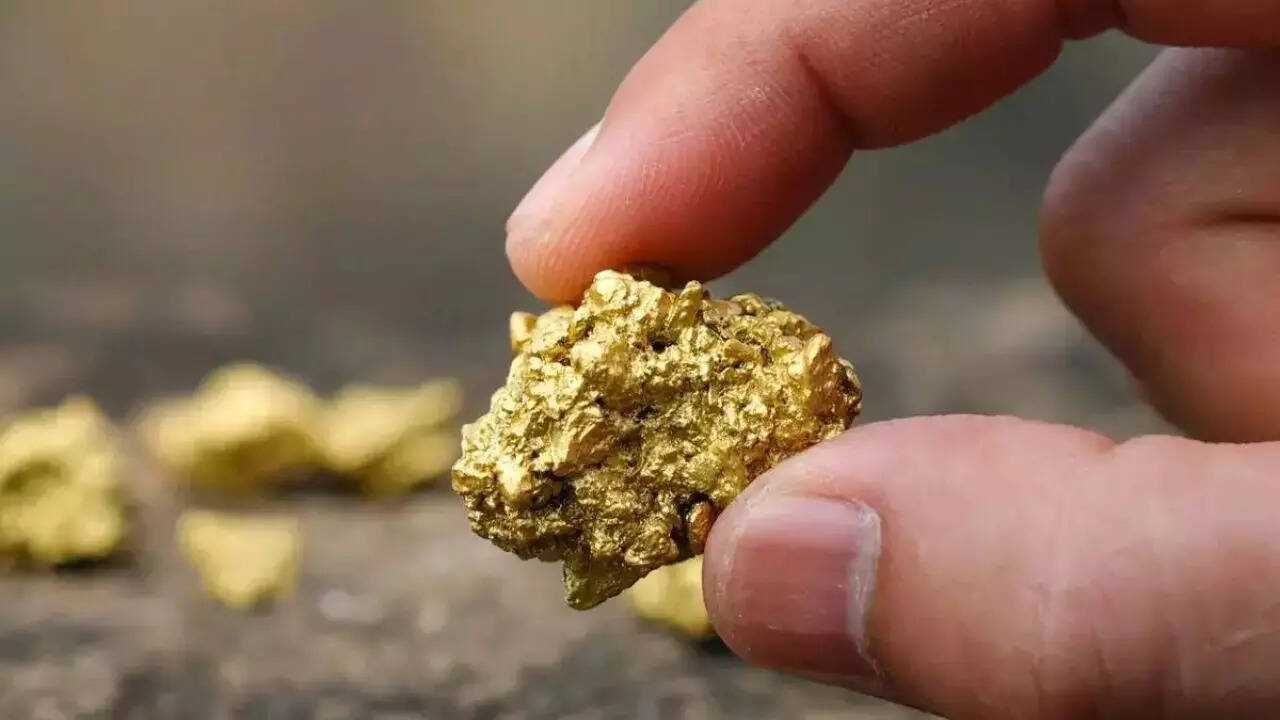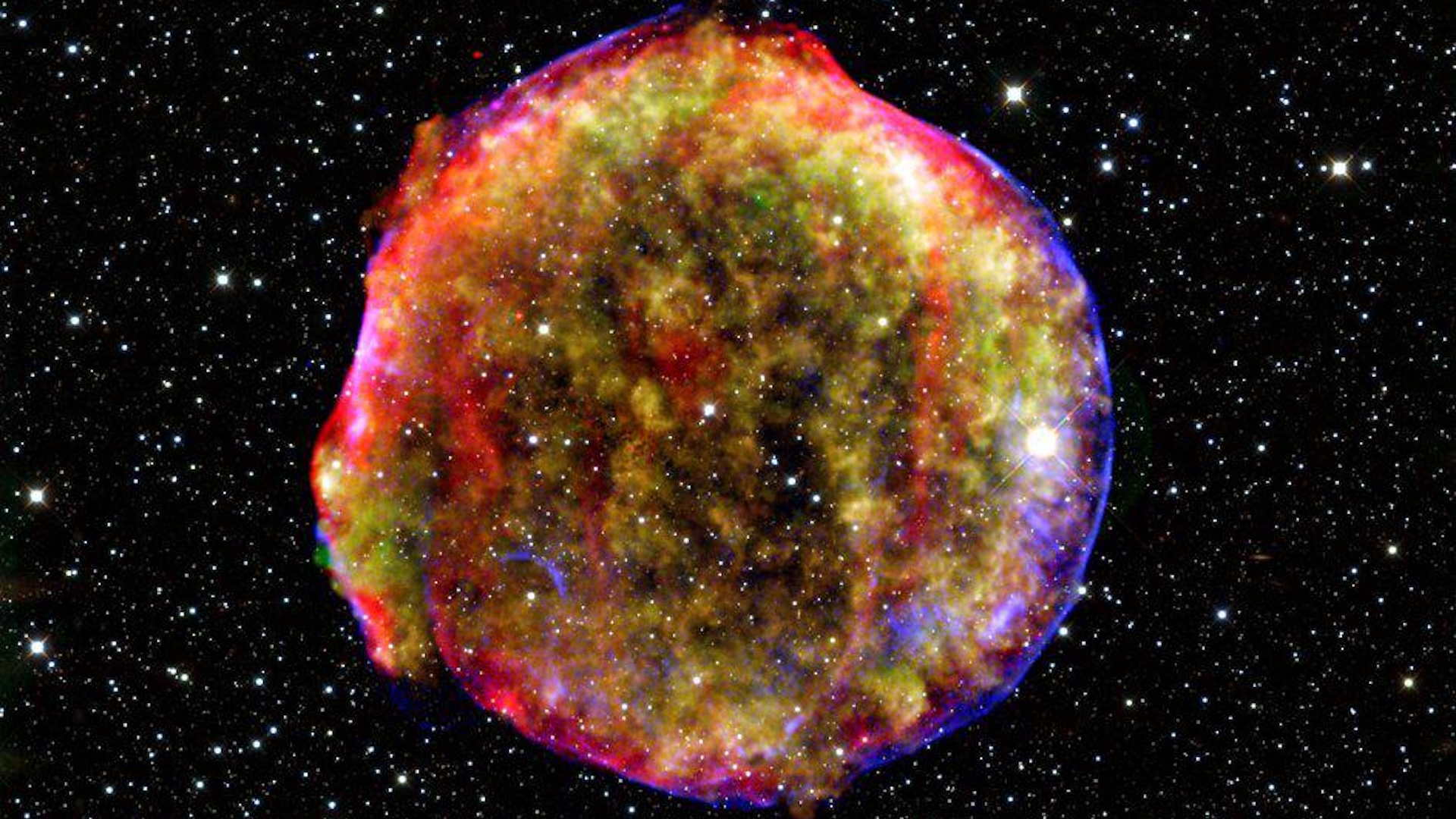Earth’s core is leaking gold and precious metals to the surface, new study reveals
Times of India - ScienceSunday, May 25, 2025 at 4:00:50 AM

Scientists have uncovered something pretty wild—Earth’s core is slowly leaking gold and other precious metals, which are making their way up toward the surface. This challenges the long-held idea that the core is completely cut off from the rest of the planet. The discovery came from analyzing volcanic rocks, which showed traces of metals that likely originated deep in the core. It suggests there’s more mixing between Earth’s layers than we thought, which could reshape how we understand everything from geology to how valuable metals end up where we can mine them.
Editor’s Note: This isn’t just a cool science fact—it could have real-world implications. If metals like gold are seeping up from the core over millions of years, it might change how we search for mineral deposits or even explain why certain regions are richer in precious metals. Plus, it’s a reminder that Earth still has plenty of mysteries left to uncover, even deep beneath our feet.
— Curated via WP Now’s




